IDC: Top 5 Smartphone Vendors In Q4 Shipments
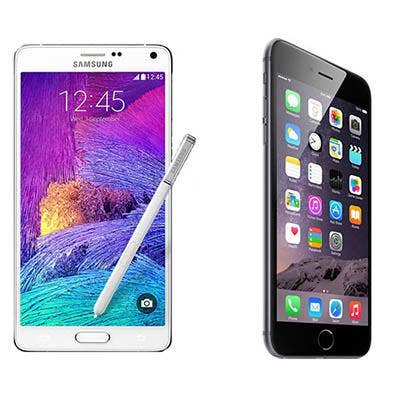
Holiday Quarter Bolsters Smartphone Sales
The global smartphone market was bolstered by a strong holiday quarter, due in part to a robust offering of mobile products at various price points in both developed and emerging markets.
According to market research firm IDC, the smartphone market grew 5.7 percent in the fourth quarter of 2015, compared with the same quarter the year before. Meanwhile, for the full year the smartphone market grew 10.1 percent from 2014.
"With heavy saturation in many mature smartphone markets such as the U.S., Europe and China, many vendors have placed a renewed focus on pushing premium-looking midtier devices as a new value proposition to consumers in both developed and emerging markets,’ said Anthony Scarsella, research manager for IDC's Worldwide Quarterly Mobile Phone Tracker.
Following are the top five smartphone vendors in the fourth quarter of 2015.
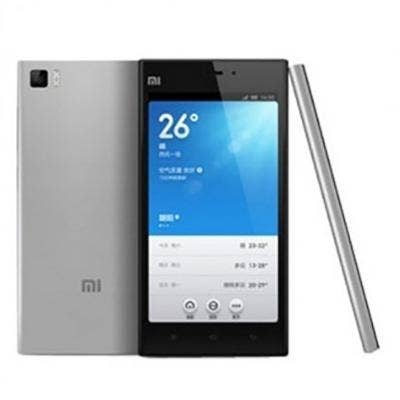
5. Xiaomi Experiences Mild Growth In China
Chinese vendor Xiaomi, a manufacturer of inexpensive phones with high-end features, was the fifth-best-selling vendor in the fourth quarter. The smartphone vendor's share grew 10 percent from the same period last year, taking 4.6 percent of fourth-quarter smartphone market share. In 2015 overall Xiaomi's shipments grew 22.8 percent from 2014.
According to IDC, Xiaomi leaned heavily on the Chinese market for growth, but the company also expanded into India and Brazil. In addition to expanding to new territories, Xiaomi has tried to distance itself from competitor LG by focusing more on midrange models as opposed to its flagship low-end Redmi lineup.
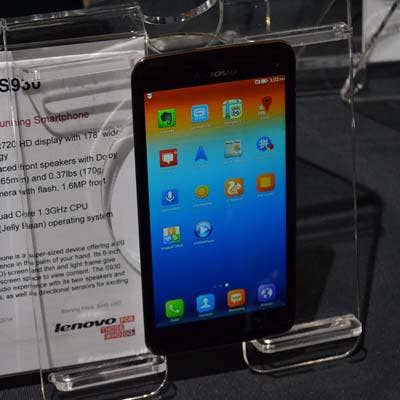
4. Lenovo Shipments Rise Sharply; Motorola Acquisition Pays Off
A year after Lenovo acquired Motorola, the smartphone company is just starting to find a strong platform for its smartphones. In the fourth quarter of 2015, Lenovo's smartphone shipments increased 43.6 percent from the same quarter last year.
Lenovo placed fourth-best in terms of its smartphone shipments, with 5.1 percent of smartphone market share in the fourth quarter. In 2015 overall, Lenovo grew 24.5 percent from 2014 and took 5.2 percent of the global smartphone market share.
Lenovo's smartphone portfolio is made up of the Motorola brand, including the Moto G and Moto X, which will be used for high-end devices, and the Vibe brand, which will represent the low end.
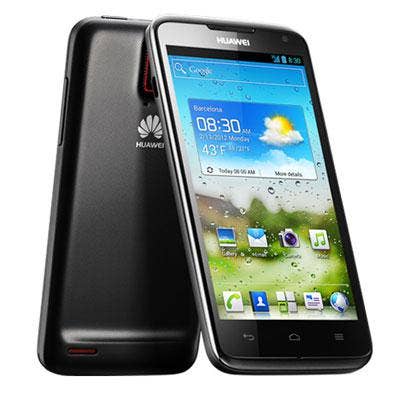
3. Huawei Expands Presence With Affordable Handsets
Huawei made strong strides in the fourth quarter of 2015, growing 37 percent from the same quarter last year and taking 8.1 percent of the smartphone market share.
Huawei consistently expanded its presence and increased its share with affordable handsets in emerging markets. The company also gained share with new midrange and increasingly competitive flagship models, such as the Mate 8 and P8 smartphone. At the Consumer Electronics Show, Huawei unveiled its Mate 8 for the U.S. market.
In 2015 overall, Huawei's smartphone shipments grew 44.3 percent from the previous year, and the Chinese company took 7.4 percent of the market share.
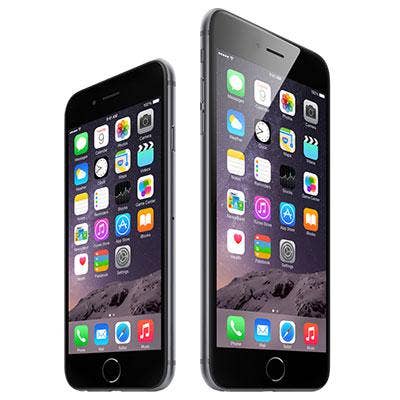
2. Apple Experiences Slowest Growth
While Apple had the second highest number of shipments in the fourth quarter, with 74.8 million units shipped, the Cupertino, Calif.-based company only grew 0.4 percent over the same quarter last year. Apple fell behind Samsung in the fourth quarter, taking 18.7 percent of the smartphone market share.
The company was helped by continued demand for the iPhone 6s and iPhone 6s Plus, particularly in China and the U.S. Upgrades were also driven in part by new smartphone features such as Apple Pay and Force Touch, as well as better performance and increased speed.
Overall in 2015, Apple grew 20.2 percent from the previous year, taking 16.2 percent of the smartphone market share.
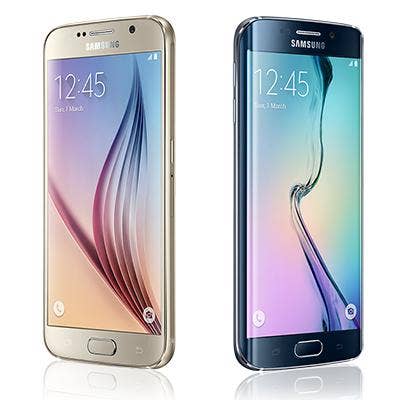
1. Samsung Grows In Q4 And Sells The Most Smartphones
Samsung remained the leader in the worldwide smartphone market for the fourth quarter with 85.6 million shipments, up 14 percent from the same quarter last year.
The company took 21.4 percent of the fourth-quarter smartphone market share.
Due in part to its Galaxy S6 flagship smartphone, as well as the launch of its Galaxy S6 Edge Plus and Note 5 , the company took 22.7 percent of the overall smartphone market in 2015, up 2.1 percent from the previous year.
The South Korean company faces challenges in the future, however, with increasing pressure on the high end from Apple and on the low-end to midrange markets from Chinese manufacturers Xiaomi, Huawei, ZTE and others.